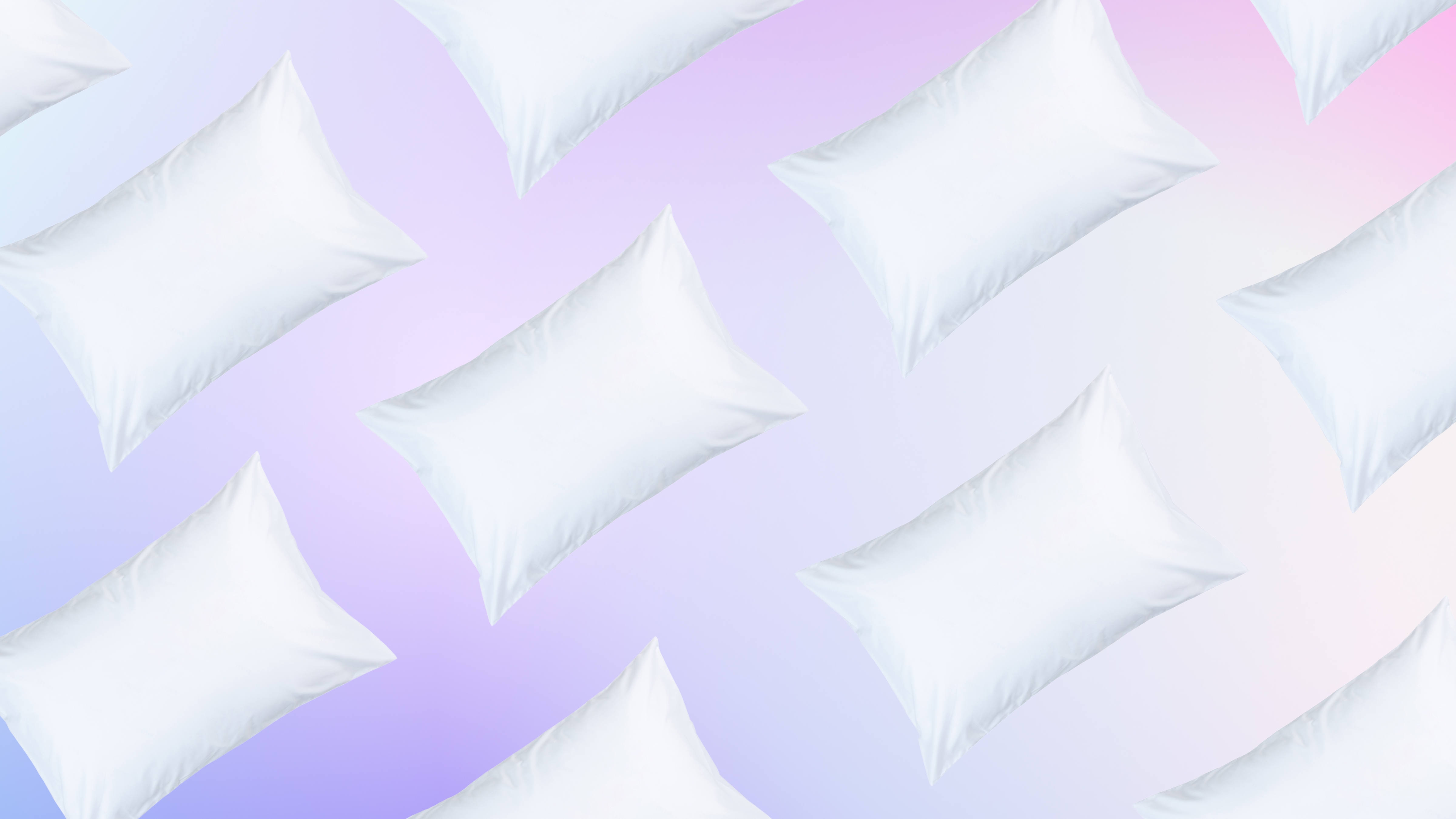
If I could go back and tell my younger self one thing to prepare her for adult life, I genuinely think it would be that you end up spending a massive amount of time doing laundry. Who knew there was so much to wash? I blame Sex And The City for making me think that being a grown-up was all long lunches and department store shopping!
But once you’ve got into the habit of washing your whites, colors, bedsheets, and towels on a weekly basis, it’s time to start thinking about when you’ll be factoring in putting your pillows through the washing machine, too. As much as I hate to add another item to the seemingly endless laundry to-do list, it’s definitely something that has to be done.
For the low-down on when, why, and how you should be washing your pillows, I’ve consulted some industry experts and convinced them to share their knowledge and tips. So, for a germ-free pillow, read on…
How do you know if your pillow is dirty?
There are a few classic signs that your pillow is in desperate need of some pampering — but yellowing is the most common. This unsightly staining is primarily caused by sweat, but excess moisture from drool, face creams, make-up, and greasy or wet hair can also contribute. So, if your pillow has gone from cream to custard, it’s definitely time to give it a good wash.
But even if your pillow doesn’t look (or smell) too bad, that doesn’t mean it’s necessarily clean. Dead skin cells, bacteria, and up to 16 species of fungi thrive in unwashed pillows — and are fed on by an army of tiny dust mites who love to burrow right into the crevices and piping. Gross!
How often should you be washing your pillow?
After consulting various experts, it seems that the general consensus is every 3-4 months. My jaw genuinely hit the floor! It’s safe to say that I’ll be partaking in a long overdue pillow washing session this weekend.
Regularly washing your pillows is particularly important if you’re sensitive to allergens. “Pillows accumulate allergens like dust mites, fungus, mold, and pet dander,” explain the sleep experts at Simba.
“For some people, sleeping near those allergens can cause a runny or stuffy nose, itchy skin, and irritated eyes that may impact sleep quality.” So, if seasonal allergies are keeping you up at night, washing your pillows could make a considerable difference.
What is the best way to wash your pillows?
Pillows come in loads of different materials — so you’ll need to find out what type you’re working with, in order to give it a good wash. “Down pillows can be placed in the washing machine but should have their recommended temperature guide written on the label,” Martin Seeley, CEO, and sleep expert at MattressNextDay, explains. “When washing them, make sure to use a mild washing powder and include an extra spin cycle at the end to get rid of as much moisture as possible, in order to prevent the build-up of mold.”
According to Seeley, feather pillows can be washed in a similar way — although he suggests sticking to a gentle cycle. But if — like me — you’ve got a memory foam pillow, then it appears we’ve got a bit more of a task on our hands, as they typically can’t go in the washing machine. “They are better off being hand washed in a bathtub with water and a mild detergent,” Seeley says.
Cleaning a memory foam pillow is actually pretty simple with soap and water.
Can I put my pillows in the tumble dryer?
Again, it depends on the type of pillow. If it’s feather or down, the answer is yes — but it’s recommended that you go for an air-dry setting or the lowest possible heat setting. Hayley Thistleton, bedding expert at Sleepseeker, adds: “Place dryer balls — or even tennis balls — in the dryer with your pillows to help spread the fill material more evenly, and give the pillow a little extra fluff.”
Once again, memory foam pillows are the awkward outlier. Essentially, foam padding is just far too fragile to handle the vigorous motions of a tumble dryer or washing machine. Plus, contact with high heat can cause it to crumble. So, basically, my next pillow is defo going to be filled with feathers!
Join our newsletter
Get small space home decor ideas, celeb inspiration, DIY tips and more, straight to your inbox!
-
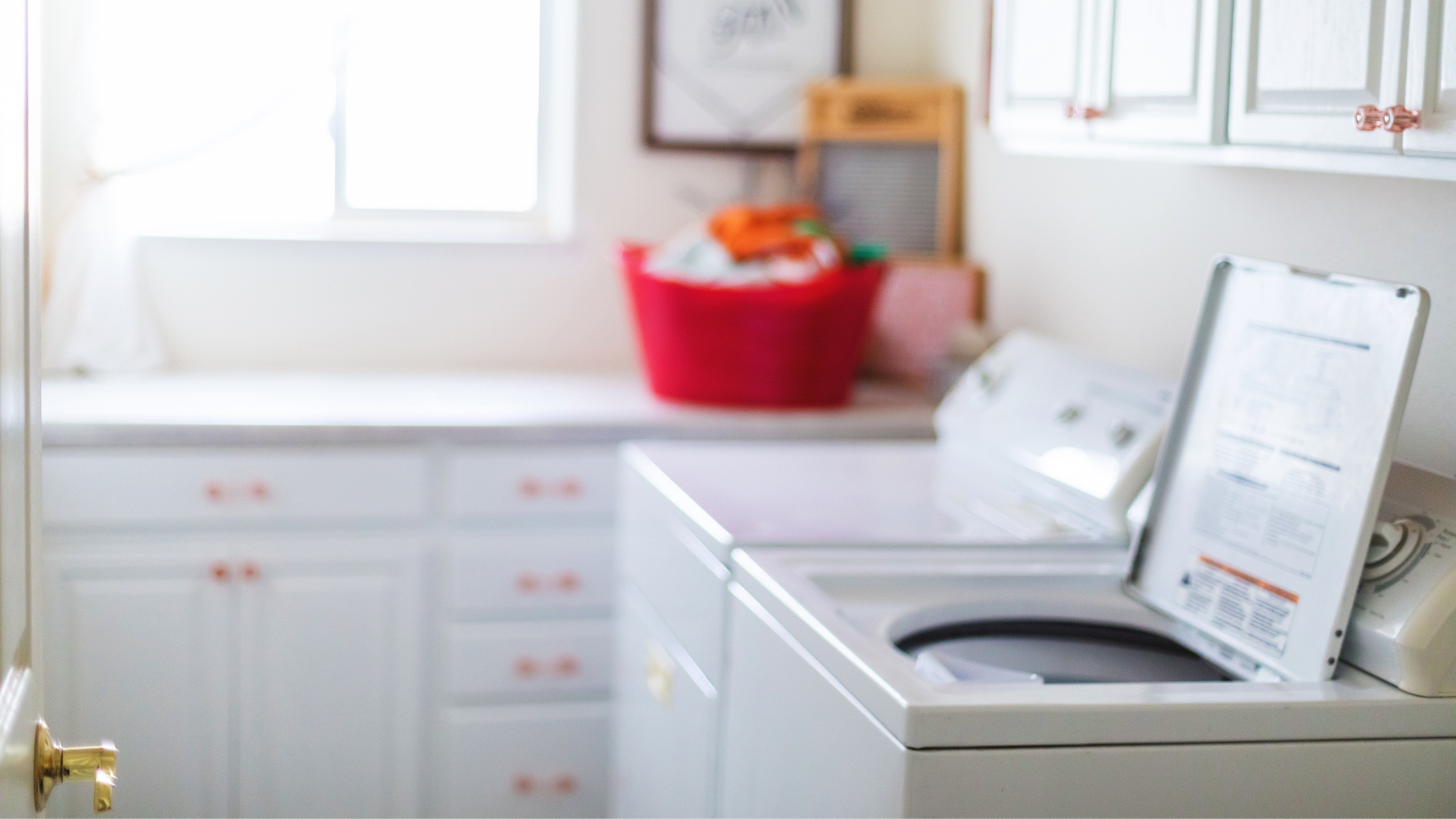 How to clean a top-loading washing machine in four easy steps
How to clean a top-loading washing machine in four easy stepsCleaning The easiest steps and best products to clean a top-loading washing machine
By Punteha van Terheyden Published
-
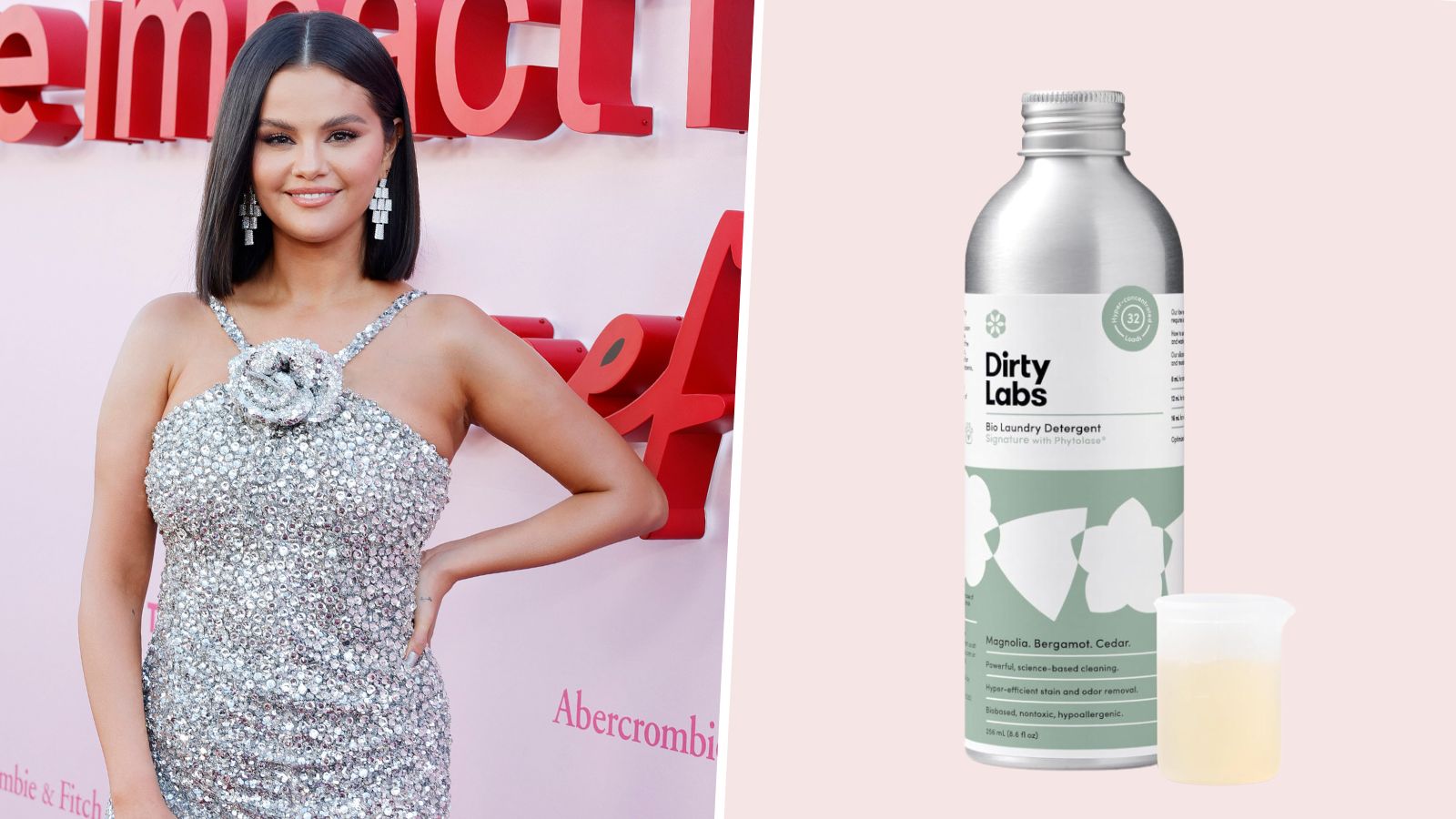 This Dirty Labs laundry detergent smells like Selena Gomez's favorite Le Labo fragrance — make your home smell expensive for just $15.20
This Dirty Labs laundry detergent smells like Selena Gomez's favorite Le Labo fragrance — make your home smell expensive for just $15.20Dirty Labs laundry detergent offers a woody, cozy aroma similar to Le Labo. Plus, it's an eco-friendly detergent
By Danielle Valente Published
-
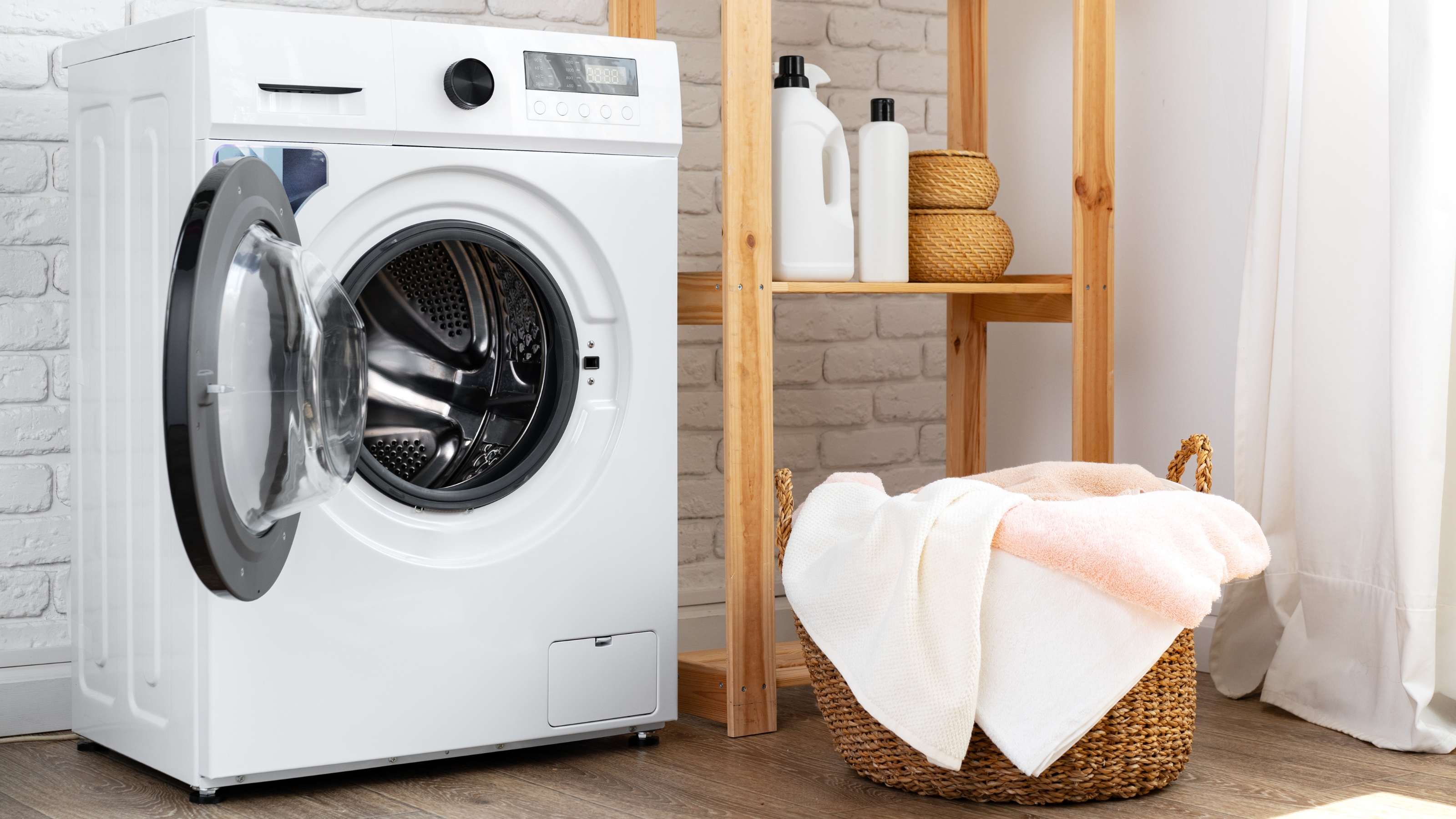 Can you wash dry clean only clothes in your washing machine?
Can you wash dry clean only clothes in your washing machine?If you're in a pinch, you may be wondering if you can wash dry clean only clothes in your washing machine. See what our experts have to say.
By Aida M. Toro Published
-
 9 common laundry myths you didn't know were false
9 common laundry myths you didn't know were falseFrom tough stains to figuring out which cleaning items to purchase, here's a guide to ending the myths that plague one of our fave household chores.
By Kate Santos Published
-
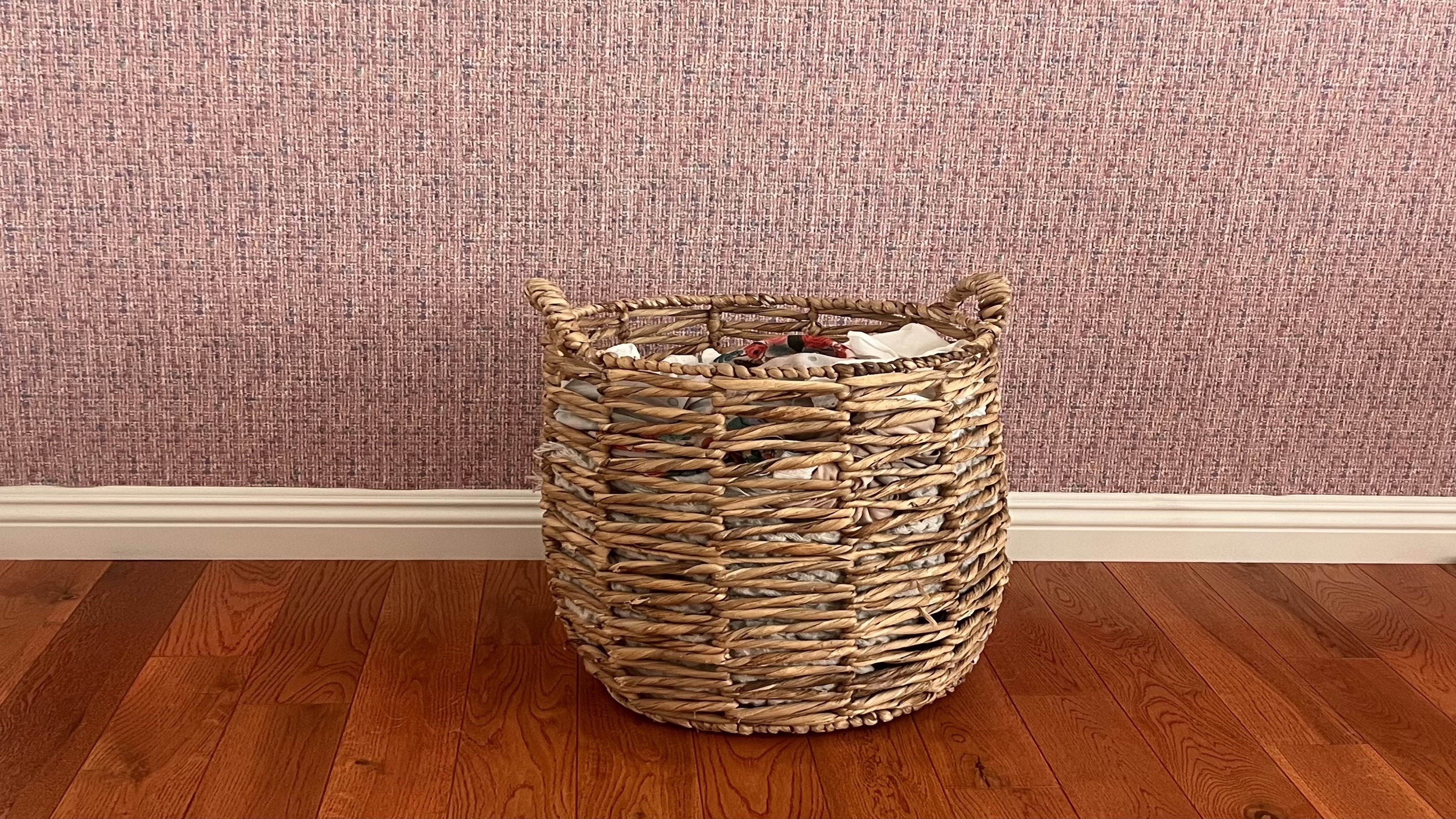 SOS: Can you wash wool in the washing machine?
SOS: Can you wash wool in the washing machine?Wondering if you can wash wool in the washing machine? See our expert advice for keeping your garments like blankets and sweaters, safe and sound.
By Amanda Lauren Published
-
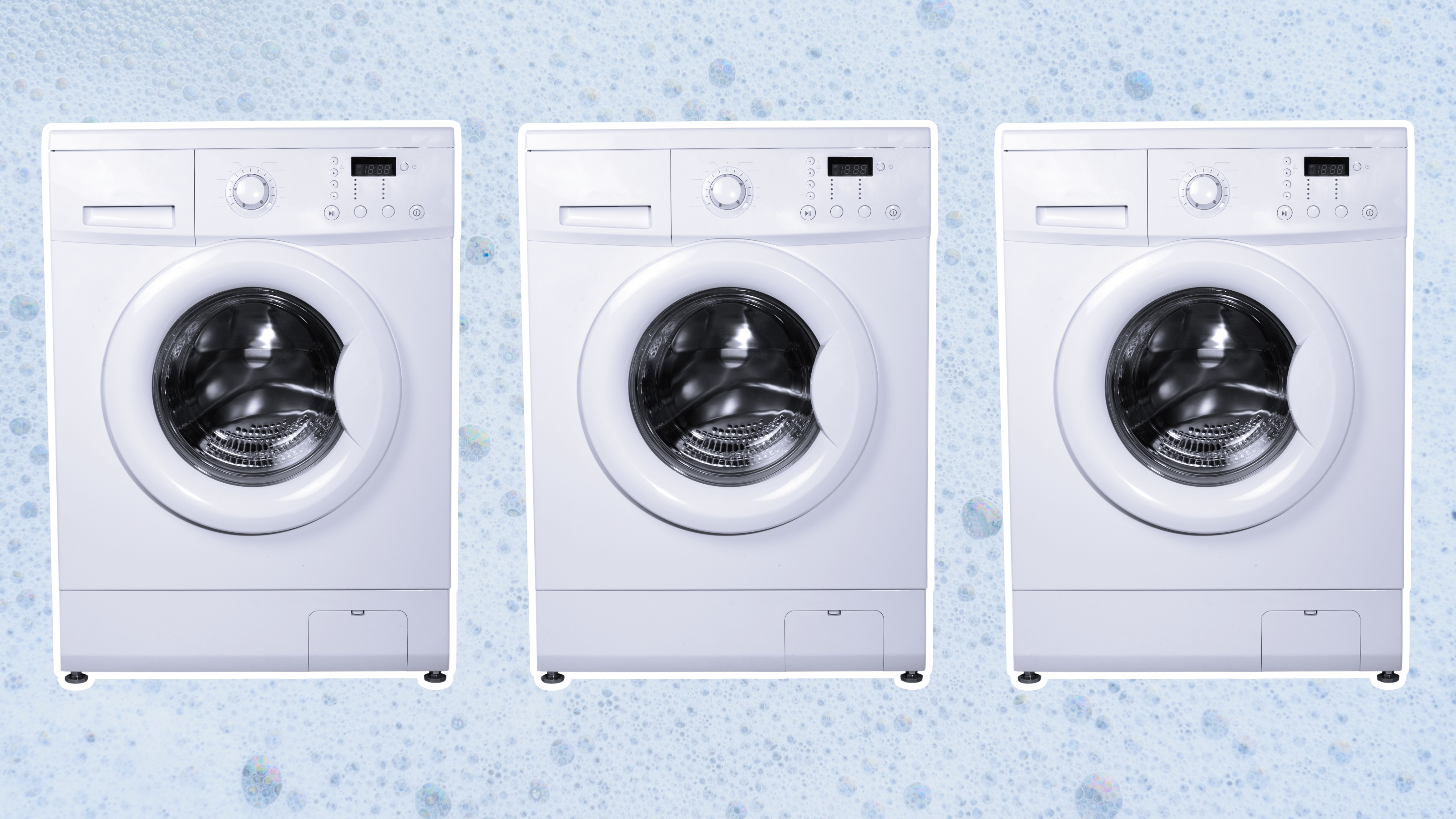 How to wash gym clothes and banish those stains and odors
How to wash gym clothes and banish those stains and odorsGet the most out of your sportswear and see how to wash gym clothes. Our step-by-step guide breaks down how to get rid of odors and keep things fresh.
By Kate Santos Published
-
 How to make your laundry smell good without dryer sheets
How to make your laundry smell good without dryer sheetsHere's how to make laundry smell good without dryer sheets. If you have sensitive skin or are looking for a different way to make your laundry smell fresher, these tips and ideas are perfect.
By Beth Mahoney Published
-
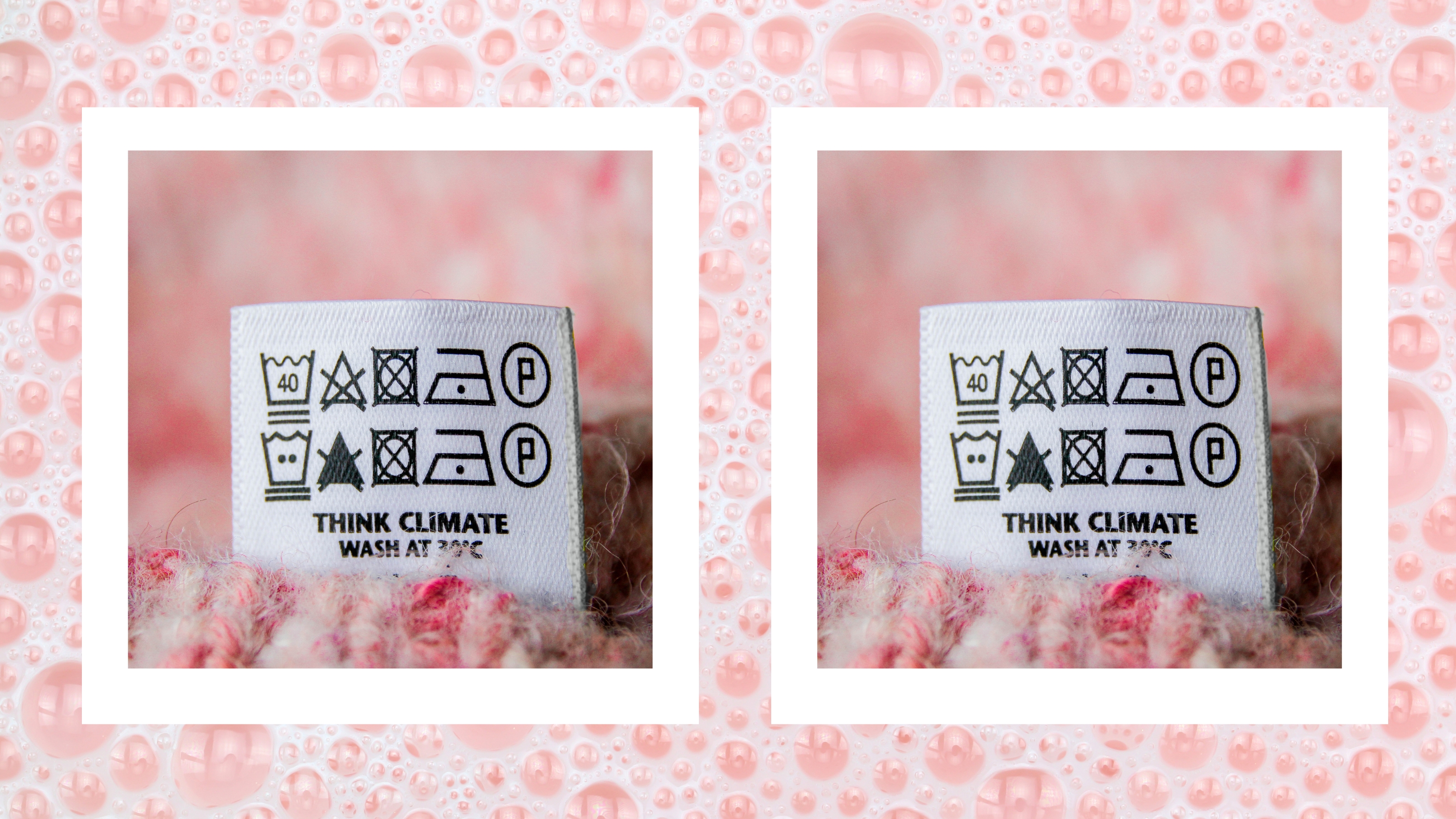 5 ways to save money on laundry without ruining your cute clothes
5 ways to save money on laundry without ruining your cute clothesLooking to cut your washing costs? Here's how to save money on laundry without wrecking your clothes!
By Beth Mahoney Published